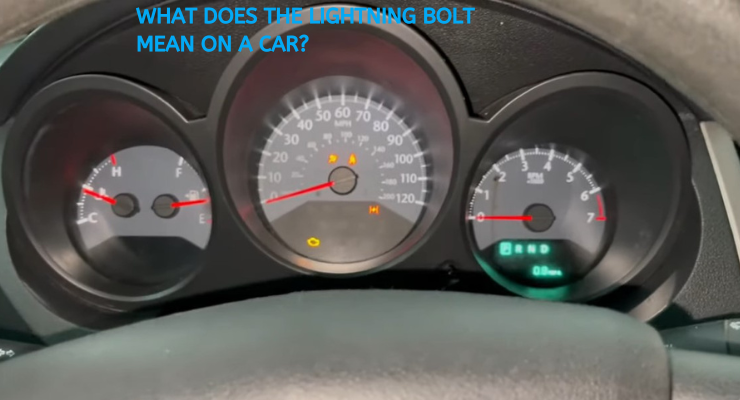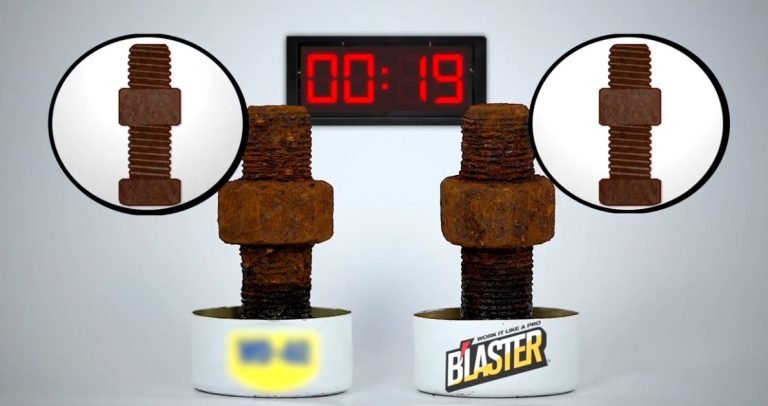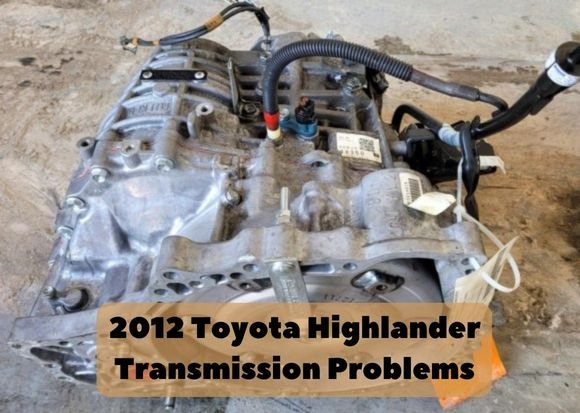What Does The Lightning Bolt Mean On A Car?
The lightning bolt sign in your dashboard means the electronic throttle control (ETC) isn’t performing properly, and there can be faulty readings and other issues. Typically, when you ask, “What does the lightning bolt mean on a car?” There can be several issues, such as faulty electric wiring, inappropriate throttle position sensor, and accelerator position sensor.
Modern cars have Electronic Throttle Control (ETC) to regulate the throttle opening and engine power. You might often see a lightning bolt symbol illuminated on your car’s dashboard. If so, you might wonder what it means and what actions you should take.
First, you must check the wiring system, read the faulty code error with an electronic scanner, and check and fix the position sensor of both the throttle body and accelerator. If the throttle body is causing the issue, you can replace it within $20 to $50.
What Is Electronic Throttle Control?
Electronic Throttle Control, also known as “Drive-by-Wire,” is a modern-day technology in the automobile sector. It has replaced traditional mechanical throttle linkage in many modern vehicles.
Previously, mechanical throttles depended on the direct physical connection between the accelerator pedal and the throttle valve. ETC, instead, relies on sensors and electronic signals to control engine power. The electronic system enhances control of the engine power and accelerator more.

Also, it boosts fuel efficiency, emissions, and vehicle performance. It does so with precise management of throttle opening and engine response. The problem starts when the ETC works inappropriately, and you see the lighting bolt sign on the dashboard.
What Does the Lightning Bolt Mean on a Car?
The lightning bolt symbol on the car’s dashboard typically indicates a problem related to the Electronic Throttle Control system. It serves as a warning for the driver. When you see the red lightning bolt sign, an issue might be affecting the vehicle’s throttle response and engine performance.
The main problems that the lightning bolt signal suggests are:
- Faulty electric wiring
- Dirty throttle body
- Bad sensor of throttle body position
- Inaccurate throttle reading
You must immediately address the problem when this light appears to prevent further damage or potential safety hazards.
Signs of a Bad Electronic Throttle Control to Cause the Lightning Bolt Sign:
Several signs can indicate a malfunction in the Electronic Throttle Control system. One or more of these signs might cause the illumination of the lightning bolt warning in your car.
- Reduced Power: When the throttle body stops working or is not performing as it should, you may experience a noticeable decrease in engine power. So, it will become challenging to accelerate.
- Rough Idling: The engine may run unevenly with the bad throttle body. Also, it might produce excessive vibrations at idle.
- Poor Acceleration: You will often observe sluggish throttle response and slow acceleration with the problematic electronic throttle control (ETC) system.
- Stalling: The engine might stall unexpectedly when the ETC becomes bad and refuses to work. It happens especially when idling or at low speeds.
- Dashboard Warning Light: The lightning bolt symbol itself clearly indicates a problem within the ETC system.
Causes of the Lightning Bolt Sign on a Car:
When the red lighting bolt sign pops up on the car’s dashboard, it can be pretty freaking for you. So, you can get mad about it, thinking that something big has happened. Well, often, the cause of the red lighting bolt sign can be a speck of simple dirt on the throttle body or a miscalibrated throttle sensor and body. Hence, it’s vital to identify the reason for the lightning bolt signal to fix it ASAP.
Faulty Electric Wiring:
The faulty wiring is the primary reason for the red or yellow lightning bolt signal. The damaged or corroded electrical connections and wiring can disrupt the communication between ETC components. Also, the sensors might not receive accurate readings when the wiring becomes loose or faulty.
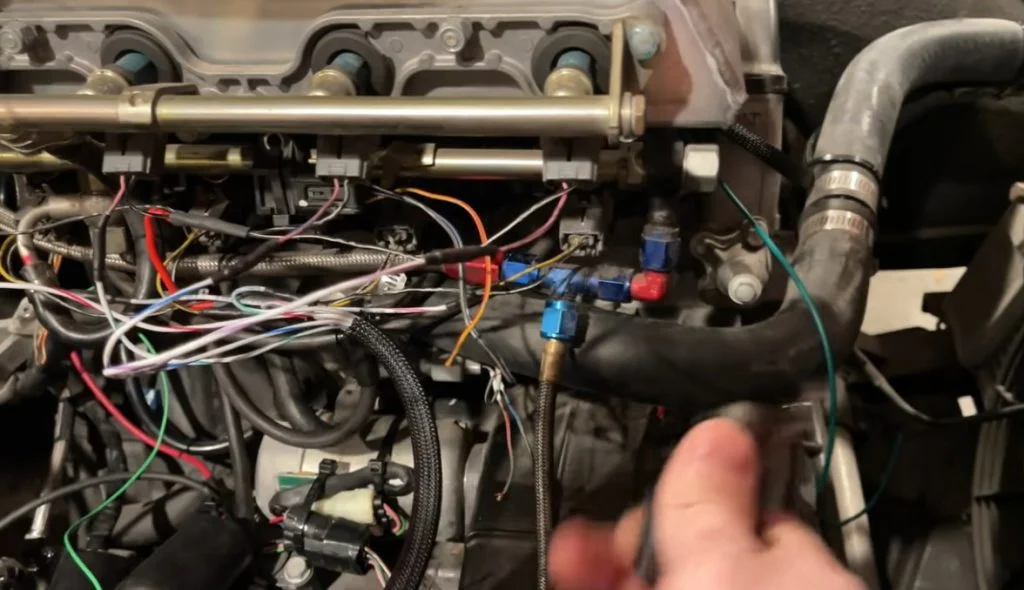
Therefore, the sensors and the throttle body won’t work appropriately for the lack of proper signal and reading. It can be problematic to identify the faulty wiring since you have to check too many of them.
Throttle Position Sensor Gone Wrong:
There is a pedal sensor and a throttle body position sensor for understanding braking and acceleration in your car. The Throttle Position Sensor (TPS) is responsible for measuring the position of the throttle valve. The sensor will relay the accurate position of the throttle body to the vehicle’s computer for perfect acceleration and control.
So, when it malfunctions, it can lead to erratic throttle behavior. Therefore, with inaccurate readings, the computer will fail to accurately measure the fuel ratios and throttle timing. As a result, both the throttle and engine fail to deliver their peak performance.
Dirty Throttle Body:
A dirty or clogged throttle body can impede airflow. Also, the throttle body may get stuck with too much dirt and residue buildup on it. The stuck body will disrupt proper throttle operation. Also, residue development on the throttle body and valve stops the valve from functioning appropriately.
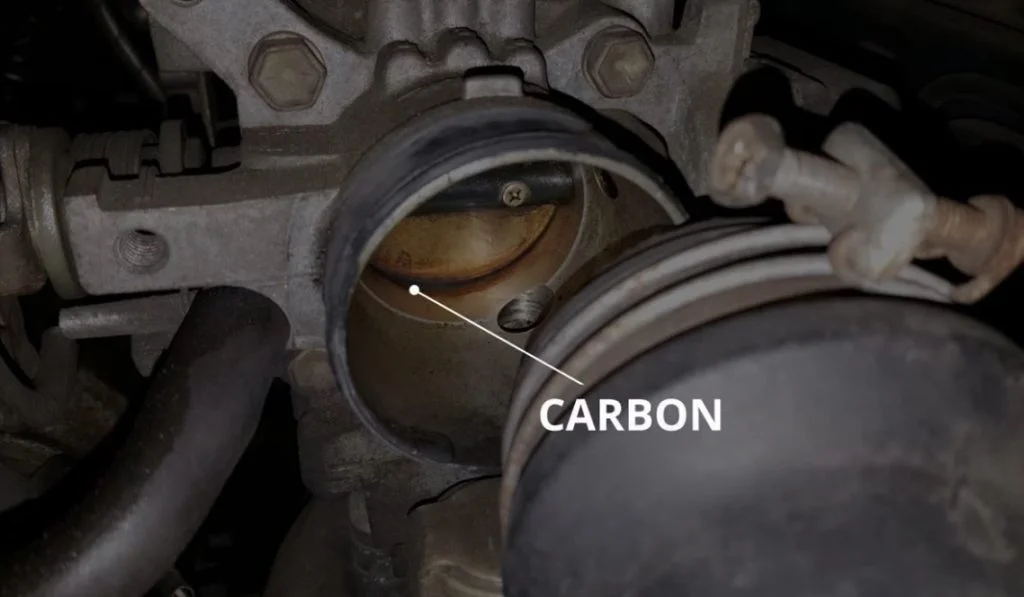
Henceforth, the contamination on the throttle body will lead to the red lightning bolt signal.
Sensor of Accelerator Pedal Position Went Bad:
When you closely look at the accelerator pedal, you will find a sensor attached to it. Like the throttle body sensor, the sensor sends the accurate positioning of the accelerator pedal to the computer. So, your vehicle’s computer gets the signal whenever you press the pedal and boosts the fuel ratio.
With increased fuel, the engine reaches its peak performance quickly. Thus, different issues with the Accelerator Pedal Position Sensor can affect the accuracy of throttle inputs. The pedal sensor may get stuck or have faulty wiring and readings.
Tips to Fix the Lightning Bolt Issue on a Car:
The lightning bolt warning on the car’s dashboard can be annoying. Also, when not treated on time, it will compromise your vehicle’s driving safety and performance. So, it’s crucial to address the cause of the lighting bolt issue and fix it ASAP.
Read the Error Code:
When you see the red lighting bolt signal turned on your car, you should first read the error code. The error codes contain numbers and letters. The error code scanner will specifically tell you the problem
when you scan the codes.
- You can use an OBD-II scanner to retrieve error codes from the vehicle’s computer.
- Find the OBD-II port in your vehicle and connect the scanner to it. You can find the OBD-II port from the user manual.
- These codes provide insights into the specific problem within the ETC system.
Often, the scanner will specifically suggest where the problem is. Nonetheless, it may sometimes show too many error codes and their translation. If so, disconnect the scanner, drive the car for a few minutes, and reconnect the scanner. This time, you should get the right meaning of the lightning bolt signal meaning.
Check and Fix the Wiring:
For suspected ETC problems, inspect the electrical connections and wiring related to the ETC system. You can connect the wiring of the ETC with the multimeter to check the reading. Also, look for any damaged or loose ETC wiring.
You might need to repair or replace damaged or corroded components, too. You should call a professional to fix the wiring issue since it’s one of the most complex jobs in vehicle maintenance.
Clean the Throttle Body:
To avoid the lightning bolt signal, you should keep the throttle body and sensor clean. Proper cleaning will ensure that the ETC operates smoothly. Plus, a clean throttle body can improve throttle response.
- Find the air duct and throttle body connection and disconnect it with an adjustable wrench or pliers.
- Before removing the air duct, wiring, and electrical connectors, mark them and their locations with a marker. It helps you reconnect them hassle-free.
- Now, apply the throttle body cleaner on it and rotate the entire body so that the cleaner reaches all corners of it.
- When you finish cleaning the throttle body, spray compressed air on it. The compressed air will dry off the throttle components.
- Finally, reconnect the electrical wiring and air duct following the marker’s instructions.
Calibrate the Throttle Control and Body:
Some vehicles give you the luxury to calibrate the throttle for proper performance and accuracy. It will help restore proper operation. Thankfully, throttle calibration is easier in modern-day vehicles. First, start the engine and let your car idle for at least three minutes.
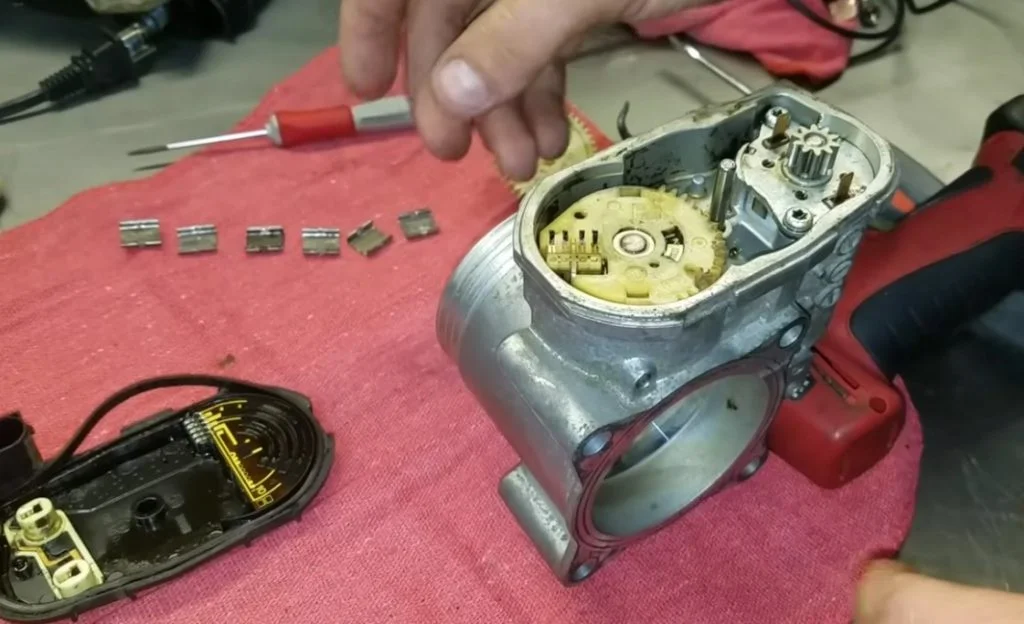
Then, turn off the car’s engine again and wait another minute. Then, start the engine and keep it idle for three more minutes. Then, you should drive your car on highways with frequent and rapid acceleration and deceleration.
Can You Drive a Car with the Lightning Bolt Sign-On?
Although driving a car with the lightning bolt warning illuminated is possible, it can be risky. The engine will have reduced power and erratic throttle response, which means you compromise driving safety and performance.
Henceforth, it is not advisable to continue driving in this condition. Instead, diagnose the reason for a lightning bolt signal and repair it before resuming regular driving.
Last Two Cents:
What does the lightning bolt mean on a car? The lightning bolt issue indicates a problematic Electronic Throttle Control (ETC) and its sensor.
A dirty throttle body and malfunctioning sensor will often be the main reason for the lightning bolt warning. Regular maintenance and timely repairs will help keep the Electronic Throttle Control system functioning smoothly and ensure a safer driving experience.

